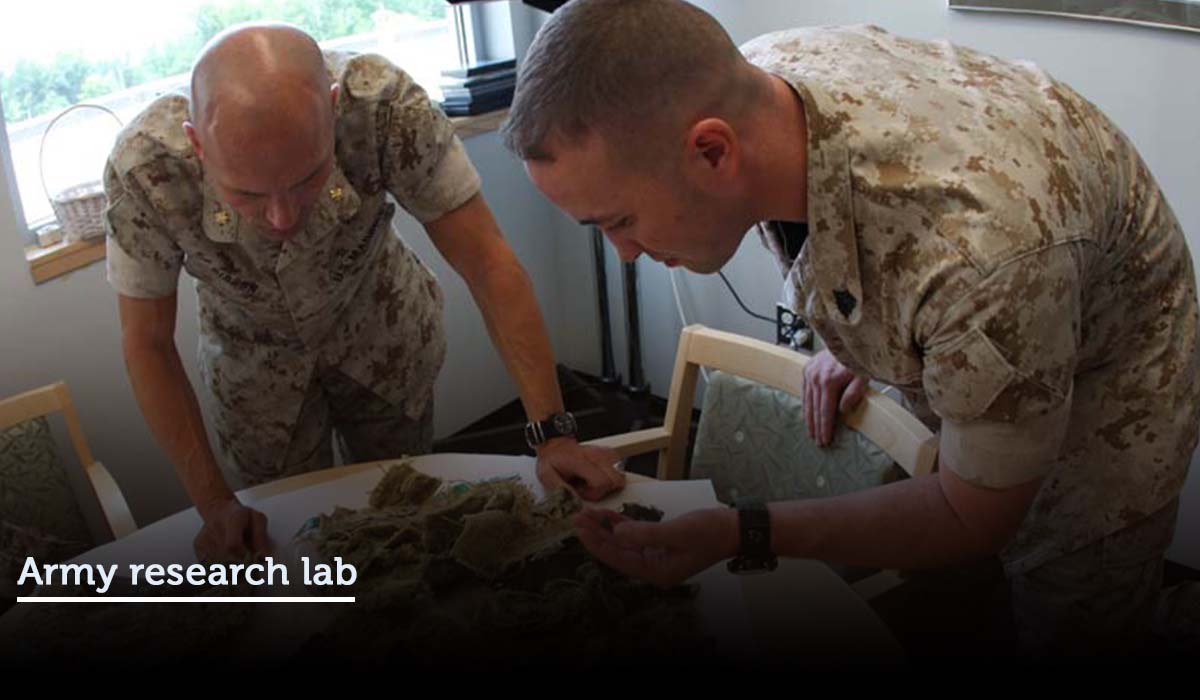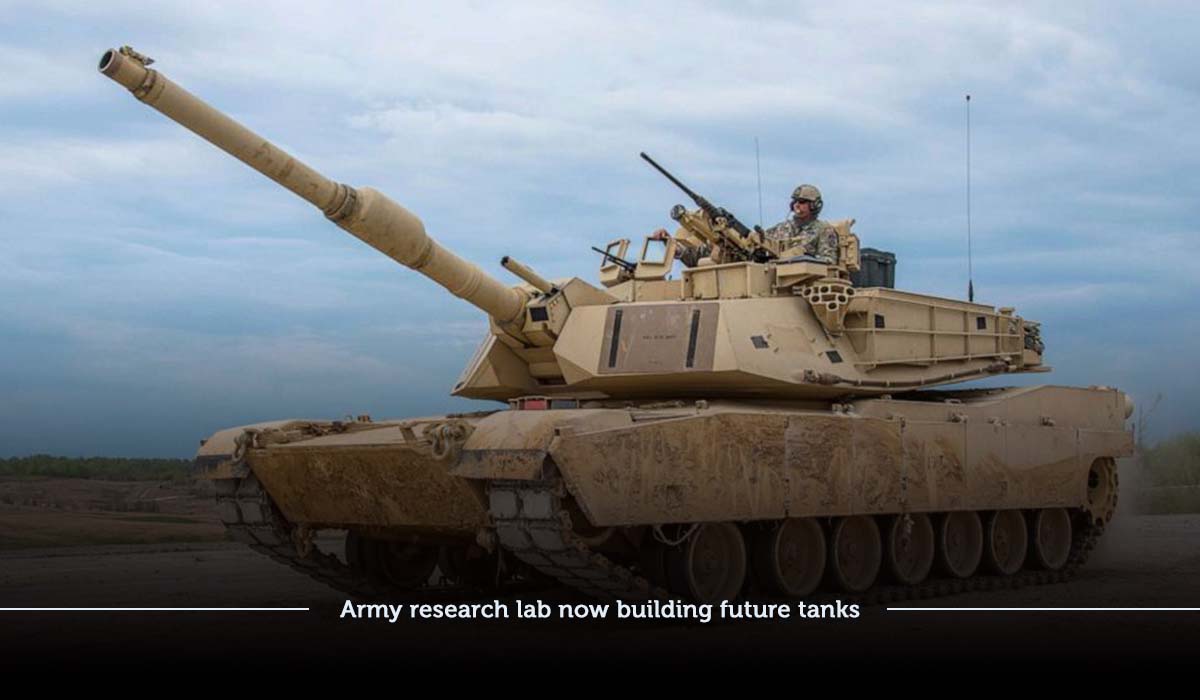These days, army is going to develop a highly fatal and lightweight future army tank that would be simple to operate and able to stand against dangerous rival attacks. It would provide more protection and security than a 70-tons-Abrams-tank.
Main purpose of this innovation is to accomplish modern combat platforms that would be helpful for future warfare, the primary goal at Army NGCV (Next-Generation Combat Vehicle). Primary vision is to get such fast, lightweight, immensely lethal, expeditionary vehicles that entirely use artificial intelligence.
In a 2019 interview, Gen. Joseph Martin, Vice Army Chief of Staff, said to Warrior Maven that there would be a demand for armored and mechanized vehicles in the coming days. He added that they are also looking for the latest technology that is present in the metallurgical field through which they could accomplish the lightest possible fatal vehicles that are also beneficial according to the survival aspect.
Nowadays, army laboratory is actively working at engineers to get lightweight and survivable vehicle parts, including turret components, brackets, lethal weapons, and propulsion systems, with the help of 3D printing techniques. Specifically, we can say that this effort is to find or explore lightweight hardware such as titanium, its alloys, etc.

Dr.Brandon A. McWilliams, Lead for Army research laboratory, said to warrior Aberdeen Proving that Titanium is one of the lightweight metal that has particular strength to weight ratio. Moreover, that substance holds half the weight of other currently using metals. In addition, he also described that ‘with some additive production, the expenses can be reduced, which would create a business sense.’
Martin described that as we are moving ahead so, we should see future mechanized fleet and other armored fleets, and we have to replace our tanks. Furthermore, he even added, we are looking for such vehicles that can be optionally operated by any staff or without staff from anywhere.
Weapons, ammunition, and forward operating equipment can be handled more accurately by unmanned, or crewless techniques with the help of artificial intelligence.
Dr. J. Lane, Human Research director, Army Research Lab, Engineering directorate, said that these techniques require more technical networking, communication, and cross-domain interaction.
Martin added that they had obtained an excellent team for Next-Generation Combat Vehicle. Furthermore, he also told that they are initiating work on prototype vehicle in the future, looking for needs, and in this way, they would be at an authentic solution.





